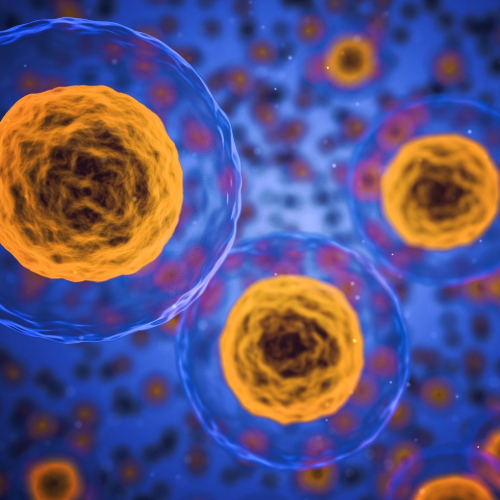Science, Engineering, Data, and Medicine Focused on Kids Health
The Children’s Healthcare of Atlanta Pediatric Technology Center promotes scientific and engineering research at Georgia Tech covering a wide range of topics important to pediatric healthcare. Investigation at the most fundamental levels of biology and disease can be paired with engineering and data analysis to solve the practical problems that kids face in diagnosis and treatment at home and in the hospital.
The Children’s Healthcare of Atlanta Pediatric Technology Center is unique in that all projects are clinician-driven and must have a clinical team member as a part of the program. We know that important discoveries often take place at the intersection of disciplines and that clinicians, scientists, and engineers all approach problems differently. This diversity allows us to address all aspects of a pediatric medical issue, not just a part of it. We strive to solve real-world problems by encouraging the kinds of multidisciplinary collaboration that makes advances possible, and by adding the power of a cutting-edge scientific and technical research institution to the world-class clinical care provided by the Southeast’s largest pediatric hospital.
Click on the links below to find out more about some of the research that has been funded though the Children's Healthcare of Atlanta Pediatric Technology Center.









